Old News
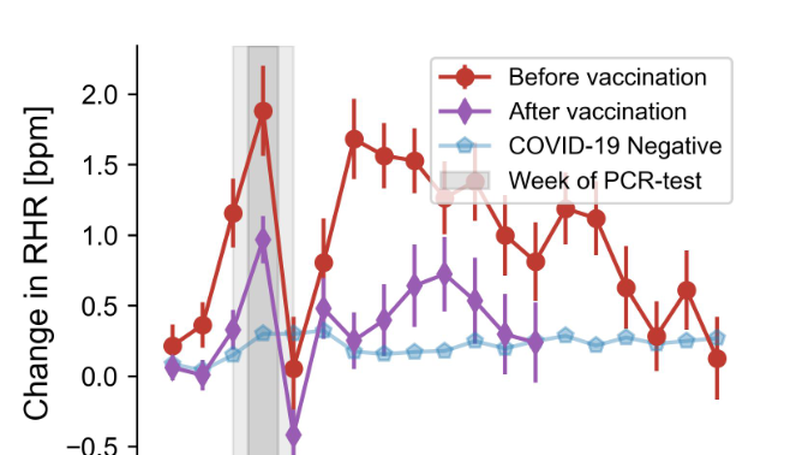
Vaccines are among the most powerful tools used to combat the COVID-19 pandemic. They are highly effective against infection and substantially reduce the risk of severe disease, hospitalization, ICU admission, and death. However, their potential for attenuating long-term effects of a SARS-CoV-2 infection, commonly denoted as Long COVID, remains elusive and is still subject of debate. Such long-term effects can be effectively monitored at the individual level by analyzing physiological data collected by consumer-grade wearable sensors. Here, we investigate changes in resting heart rate, daily physical activity, and sleep duration in response to a SARS-CoV-2 infection stratified by vaccination status. Data was collected over a period of two years in the context of the German Corona Data Donation Project with currently around 190,000 monthly active donors. Compared to their unvaccinated counterparts, we find that vaccinated individuals on average experience smaller changes in their vital data that also return to normal levels more quickly. Likewise, extreme changes in vitals during the acute phase of the disease occur less frequently in vaccinated individuals. Our results solidify evidence that vaccines can mitigate long-term detrimental effects of SARS-CoV-2 infections both in terms of duration and magnitude. Furthermore, they demonstrate the value of large scale, high-resolution wearable sensor data in public health research.
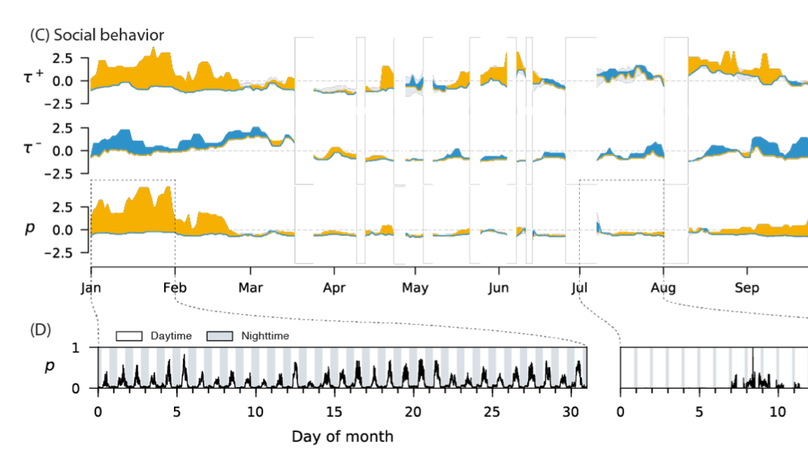
Animals are expected to adjust their social behaviour to cope with challenges in their environment. Therefore, for fish populations, in temperate regions with seasonal and daily environmental oscillations, characteristic rhythms of social relationships should be pronounced. To date, most research concerning fish social networks and biorhythms has occurred in artificial laboratory environments or over confined temporal scales of days to weeks. By contrast, little is known about the social networks of wild, freely roaming fish, including how seasonal and diurnal rhythms modulate social networks over the course of a full year. The advent of high-resolution acoustic telemetry enables us to quantify detailed social interactions in the wild over time-scales sufficient to examine seasonal rhythms at whole-ecosystems scales. Our objective was to explore the rhythms of social interactions in a social fish population at various time-scales over one full year in the wild by examining high-resolution snapshots of dynamic social network. To that end, we tracked the behaviour of 36 adult common carp, Cyprinus carpio, in a 25 ha lake and constructed temporal social networks among individuals across various time-scales, where social interactions were defined by proximity. We compared the network structure to a temporally shuffled null model to examine the importance of social attraction, and checked for persistent characteristic groups (“friendships”) over time. The clustering within the carp social network tended to be more pronounced during daytime than nighttime throughout the year. Social attraction, particularly during daytime, was a key driver for interactions. Shoaling behavior substantially increased during daytime in the wintertime, whereas in summer carp interacted less frequently, but the interaction duration increased. Characteristic groups were more common in the summer months and during nighttime, where the social memory of carp lasted up to two weeks. We conclude that social relationships of carp change diurnally and seasonally. These patterns were likely driven by predator avoidance, seasonal shifts in lake temperature, visibility, forage availability and the presence of anoxic zones. The techniques we employed can be applied generally to high-resolution biotelemetry data to reveal social structures across other fish species at ecologically realistic scales.
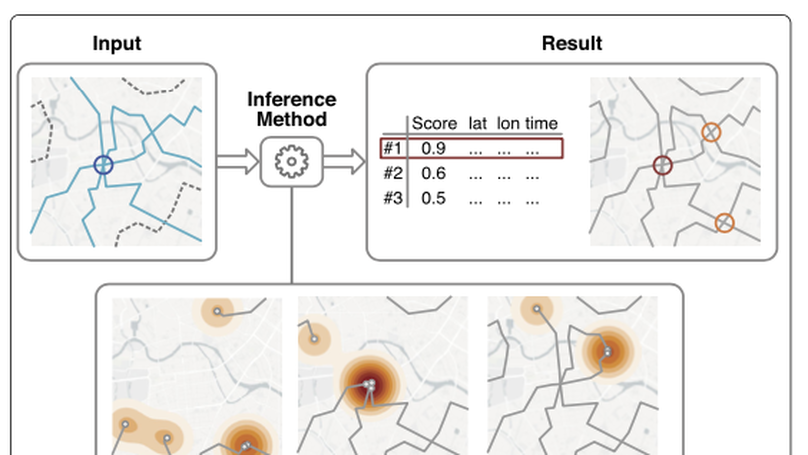
In this paper we investigated how much information on individual mobility patterns is required to reconstruct the origin of an outbreak from spatially distributed cases. It turns out: not so much.
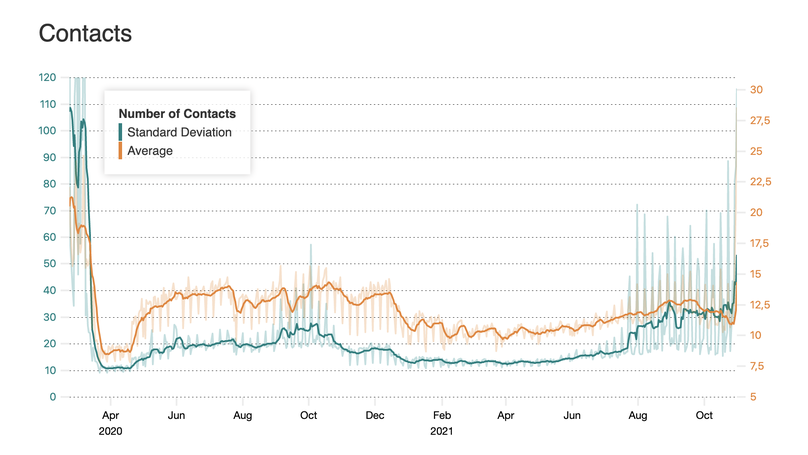
In addition to mobility, we now show the average contacts in the population over time—with equally important insights into the course of the pandemic. The mobility of people gives us an important overview of the pandemic, but it is actually the contacts between people that are instrumental in the infection dynamics: Transmissions occur when people meet.

Finally, “Im Wald vor lauter Bäumen - unsere komplexe Welt besser verstehen” is now out and available. This popular scientific book explains the science of Complexity, how it works, what anti-disciplinary science looks like and what benefits are gained by connecting different phenomena observed in traditionally distant scientific disciplines.
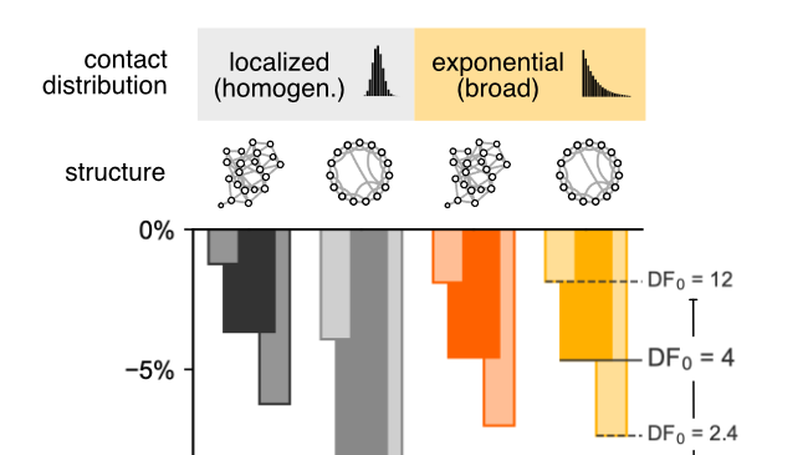
Our preprint “Digital contact tracing contributes little to COVID-19 outbreak containment” is out and available. As digital contact tracing apps raised the hope that they may be efficient enough to contain outbreaks without falling back to harsher NPIs, we analyzed its success.

Our team keeps growing! We warmly welcome: Adrian Pelcaru Paul Buttkus Tashin Talbot Marc Wiedemann Jakob Kolb We are very happy that they are on board. Welcome!

Tilo Jung interview Dirk about COVID-19, modelling infectious diseases and complexity. (this interview is in German)
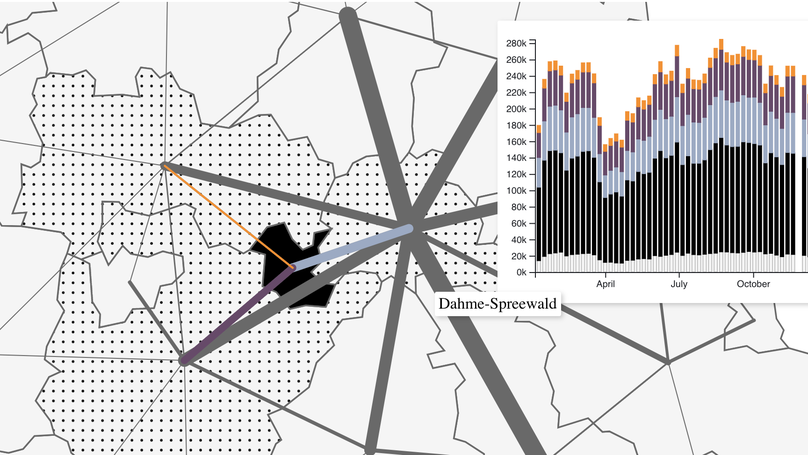
This latest report contains an interactive illustration of the traffic network that connects adjacent counties in Germany.
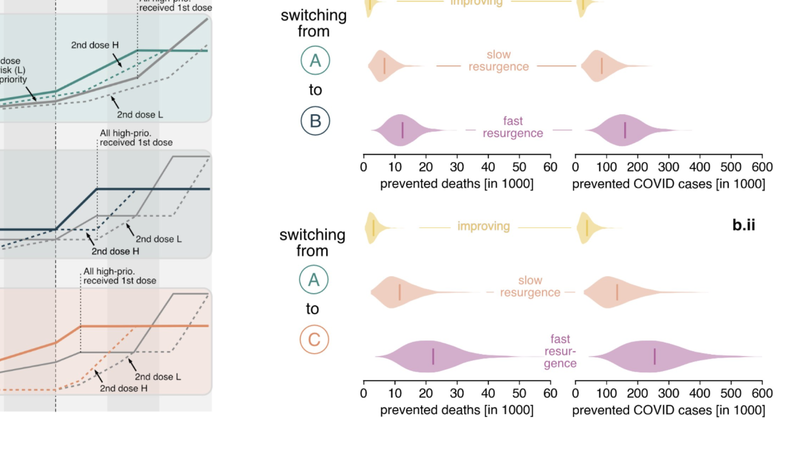
We are happy that our preprint Potential benefits of delaying the second mRNA COVID-19 vaccine dose is out and available on arxiv.org. This has been a very constructive and effective collaborative effort, lead by our Ben Maier, who did all the heavy lifting, and valuable contributions by the teams of Cornelia Betsch, Michael Meyer-Hermann and by Karl Lauterbach.